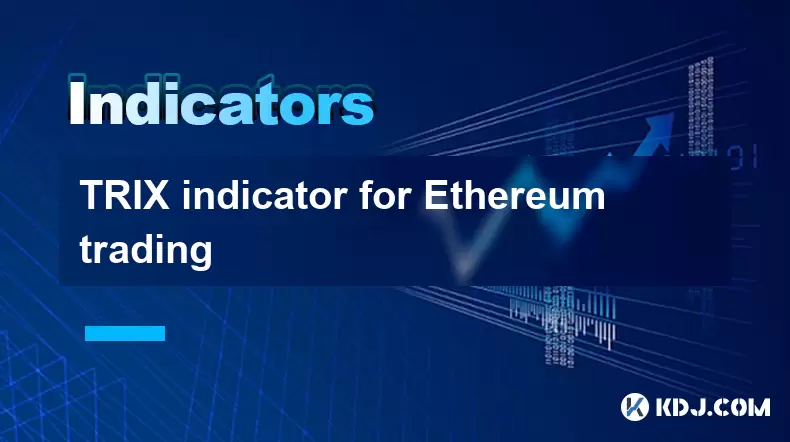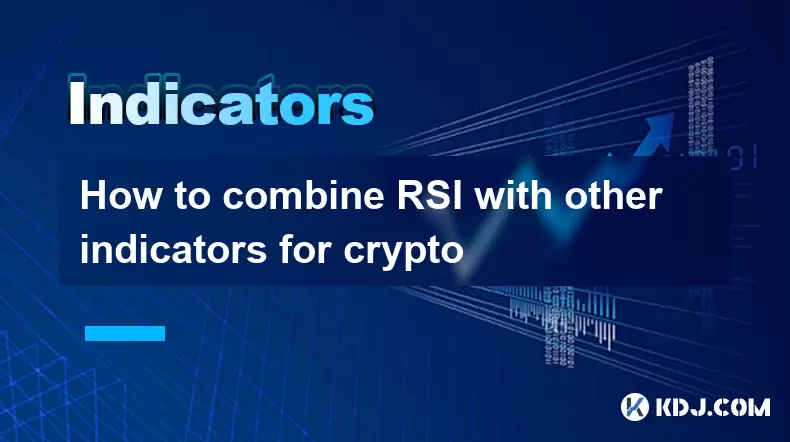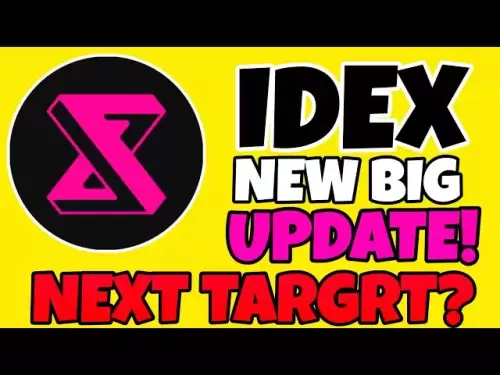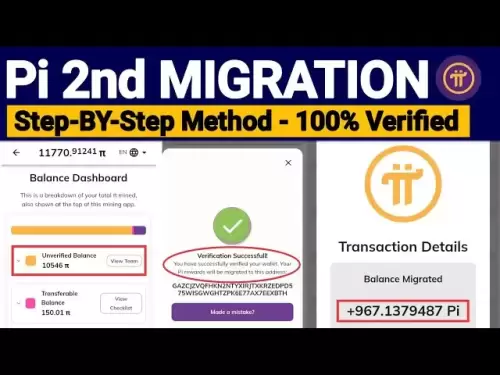-
 Bitcoin
Bitcoin $117,991.5647
-0.03% -
 Ethereum
Ethereum $2,966.4808
0.18% -
 XRP
XRP $2.8076
0.64% -
 Tether USDt
Tether USDt $1.0003
0.00% -
 BNB
BNB $689.9050
-0.63% -
 Solana
Solana $162.0407
-0.80% -
 USDC
USDC $0.9999
0.00% -
 Dogecoin
Dogecoin $0.1995
-1.51% -
 TRON
TRON $0.3001
-1.21% -
 Cardano
Cardano $0.7426
3.25% -
 Hyperliquid
Hyperliquid $47.7978
2.84% -
 Stellar
Stellar $0.4411
16.52% -
 Sui
Sui $3.4267
0.15% -
 Chainlink
Chainlink $15.3148
0.07% -
 Bitcoin Cash
Bitcoin Cash $506.5880
-1.91% -
 Hedera
Hedera $0.2222
12.41% -
 Avalanche
Avalanche $21.2049
1.67% -
 UNUS SED LEO
UNUS SED LEO $9.0606
-0.19% -
 Shiba Inu
Shiba Inu $0.0...01325
-0.86% -
 Toncoin
Toncoin $2.9979
0.32% -
 Litecoin
Litecoin $94.3717
1.13% -
 Polkadot
Polkadot $3.9873
-0.29% -
 Monero
Monero $336.1497
0.92% -
 Dai
Dai $0.9999
-0.01% -
 Uniswap
Uniswap $8.5189
-0.60% -
 Ethena USDe
Ethena USDe $1.0005
-0.04% -
 Pepe
Pepe $0.0...01236
-0.92% -
 Bitget Token
Bitget Token $4.4002
-0.23% -
 Aave
Aave $303.5433
1.05% -
 Bittensor
Bittensor $391.1314
-0.35%
TRIX indicator for Ethereum trading
The TRIX indicator helps Ethereum traders spot momentum shifts, trend reversals, and overbought/oversold conditions through triple exponential smoothing.
Jul 13, 2025 at 05:28 pm

What Is the TRIX Indicator?
The TRIX (Triple Exponential Average) indicator is a momentum oscillator primarily used in technical analysis to identify oversold and overbought conditions, as well as potential trend reversals. Originally developed for stock markets, it has found widespread use in cryptocurrency trading due to its ability to filter out market noise and provide clear signals. For Ethereum traders, incorporating the TRIX into their strategy can enhance decision-making by offering insights into the strength and direction of price movements.
Unlike simple moving averages, the TRIX indicator applies triple exponential smoothing to price data, making it more responsive to changes while reducing false signals. The result is an oscillator that fluctuates around a zero line, indicating bullish or bearish momentum depending on whether it's above or below zero.
How Does the TRIX Indicator Work in Ethereum Trading?
In Ethereum trading, the TRIX indicator functions by analyzing the rate of change of a triple exponentially smoothed moving average. This allows traders to detect shifts in momentum before they're visible in price action. When the TRIX crosses above the zero line, it suggests increasing positive momentum, potentially signaling a buy opportunity. Conversely, when it crosses below zero, it may indicate weakening momentum and a possible sell signal.
One key feature of the TRIX indicator is its ability to spot divergences between price and momentum. If Ethereum’s price is rising but the TRIX is falling, this could suggest an impending reversal. Similarly, if price falls while TRIX rises, it might indicate strengthening buying pressure despite the downward movement.
Setting Up the TRIX Indicator on Cryptocurrency Platforms
To apply the TRIX indicator on Ethereum charts, most traders use platforms like TradingView, Binance, or Bybit, which support custom indicators. Here's how you can set it up:
- Open your preferred charting platform
- Navigate to the indicators or studies section
- Search for “TRIX” and add it to the chart
- Customize the settings based on your trading style
Most platforms allow adjustments to the lookback period, typically set at 14 by default. Some traders prefer shorter periods like 7 or 9 for more sensitive signals, while longer periods such as 20 or 30 may suit those looking for smoother trends. Adjusting these parameters helps align the TRIX indicator with your specific Ethereum trading strategy.
Interpreting TRIX Signals in Ethereum Charts
Interpreting the TRIX indicator involves monitoring several key signals:
- Zero Line Crossovers: When the TRIX crosses above zero, it indicates bullish momentum. A cross below zero signals bearish sentiment.
- Signal Line Crossovers: Many versions of the TRIX include a signal line, usually a 9-period EMA of the TRIX itself. When the TRIX crosses above the signal line, it may generate a buy signal. A cross below the signal line could suggest a sell opportunity.
- Divergence Analysis: Watch for discrepancies between Ethereum’s price and the TRIX indicator. A bullish divergence occurs when price makes lower lows but TRIX makes higher lows, suggesting a potential reversal upward. Bearish divergence happens when price makes higher highs but TRIX makes lower highs, hinting at weakening momentum.
These interpretations should be combined with other technical tools like volume indicators or support/resistance levels for better accuracy.
Combining TRIX with Other Indicators for Ethereum Trading
While the TRIX indicator provides valuable insights, using it alone may lead to false signals, especially in volatile markets like Ethereum. Traders often combine it with complementary tools:
- Moving Averages: Overlaying a 50-day or 200-day EMA can help confirm the trend direction. If the TRIX is above zero and price is above the long-term moving average, it reinforces a bullish outlook.
- RSI (Relative Strength Index): Using RSI alongside TRIX can help identify overbought or oversold conditions. For example, if the TRIX gives a buy signal but RSI is in overbought territory, caution may be warranted.
- Volume Indicators: Tools like OBV (On-Balance Volume) can validate TRIX signals. A positive TRIX crossover accompanied by rising volume increases confidence in the trade setup.
By combining multiple indicators, traders can filter out noise and improve the reliability of TRIX-generated signals in Ethereum trading.
Frequently Asked Questions (FAQ)
Q: Can the TRIX indicator be used for short-term Ethereum trades?
Yes, the TRIX indicator is adaptable to different timeframes. Short-term traders often use a lower lookback period, such as 7 or 9, to make the indicator more responsive to quick price fluctuations in Ethereum.
Q: Is the TRIX indicator suitable for beginners in crypto trading?
While the TRIX indicator is powerful, it requires understanding of technical analysis basics. Beginners should practice interpreting crossovers and divergences using historical Ethereum charts before applying it in live trading.
Q: How does TRIX compare to MACD in Ethereum trading?
Both TRIX and MACD are momentum oscillators, but TRIX uses triple smoothing, which reduces lag and filters out noise better than MACD. However, MACD offers clearer signal line crossovers and is more widely recognized among traders.
Q: Can I automate trading strategies using the TRIX indicator on Ethereum?
Yes, many algorithmic trading platforms allow integration of the TRIX indicator via APIs or built-in scripting languages like Pine Script on TradingView. Automating rules based on zero line crossovers or divergences can help execute trades more efficiently.
Disclaimer:info@kdj.com
The information provided is not trading advice. kdj.com does not assume any responsibility for any investments made based on the information provided in this article. Cryptocurrencies are highly volatile and it is highly recommended that you invest with caution after thorough research!
If you believe that the content used on this website infringes your copyright, please contact us immediately (info@kdj.com) and we will delete it promptly.
- Little Pepe, Pepe Coin, and Bonk: Meme Coin Mania Sweeping Crypto in 2025!
- 2025-07-13 22:36:38
- ADA, NEAR, BlockDAG: Crypto Trends and Insights You Can't Miss (NYC Style)
- 2025-07-13 22:36:38
- TRUMP Tokens Unlocked: A Deep Dive into World Liberty Financial and Aqua 1's $100M Investment
- 2025-07-13 22:50:37
- Cryptos Under $0.10: Solana's Successors and the Top 10 Potential
- 2025-07-13 22:50:37
- Crypto Week, TRUMP Tokens, and Crypto Bills: Navigating the Wild West of Digital Assets
- 2025-07-13 23:05:35
- Bitcoin's Rally: Consolidating for the Next Leap?
- 2025-07-13 23:05:35
Related knowledge

Advanced RSI strategies for crypto
Jul 13,2025 at 11:01am
Understanding the Basics of RSI in Cryptocurrency TradingThe Relative Strength Index (RSI) is a momentum oscillator used to measure the speed and chan...

Crypto RSI for day trading
Jul 12,2025 at 11:14am
Understanding RSI in the Context of Cryptocurrency TradingThe Relative Strength Index (RSI) is a momentum oscillator used to measure the speed and cha...

Crypto RSI for scalping
Jul 12,2025 at 11:00pm
Understanding RSI in the Context of Crypto TradingThe Relative Strength Index (RSI) is a momentum oscillator widely used by traders to measure the spe...

What does an RSI of 70 mean in crypto
Jul 13,2025 at 06:07pm
Understanding the RSI Indicator in Cryptocurrency TradingThe Relative Strength Index (RSI) is a widely used technical analysis tool that helps traders...

How to avoid RSI false signals in crypto
Jul 13,2025 at 06:21pm
Understanding RSI and Its Role in Crypto TradingThe Relative Strength Index (RSI) is a momentum oscillator used to measure the speed and change of pri...

How to combine RSI with other indicators for crypto
Jul 12,2025 at 08:35am
Understanding the Role of RSI in Crypto TradingThe Relative Strength Index (RSI) is a momentum oscillator that measures the speed and change of price ...

Advanced RSI strategies for crypto
Jul 13,2025 at 11:01am
Understanding the Basics of RSI in Cryptocurrency TradingThe Relative Strength Index (RSI) is a momentum oscillator used to measure the speed and chan...

Crypto RSI for day trading
Jul 12,2025 at 11:14am
Understanding RSI in the Context of Cryptocurrency TradingThe Relative Strength Index (RSI) is a momentum oscillator used to measure the speed and cha...

Crypto RSI for scalping
Jul 12,2025 at 11:00pm
Understanding RSI in the Context of Crypto TradingThe Relative Strength Index (RSI) is a momentum oscillator widely used by traders to measure the spe...

What does an RSI of 70 mean in crypto
Jul 13,2025 at 06:07pm
Understanding the RSI Indicator in Cryptocurrency TradingThe Relative Strength Index (RSI) is a widely used technical analysis tool that helps traders...

How to avoid RSI false signals in crypto
Jul 13,2025 at 06:21pm
Understanding RSI and Its Role in Crypto TradingThe Relative Strength Index (RSI) is a momentum oscillator used to measure the speed and change of pri...

How to combine RSI with other indicators for crypto
Jul 12,2025 at 08:35am
Understanding the Role of RSI in Crypto TradingThe Relative Strength Index (RSI) is a momentum oscillator that measures the speed and change of price ...
See all articles























































































